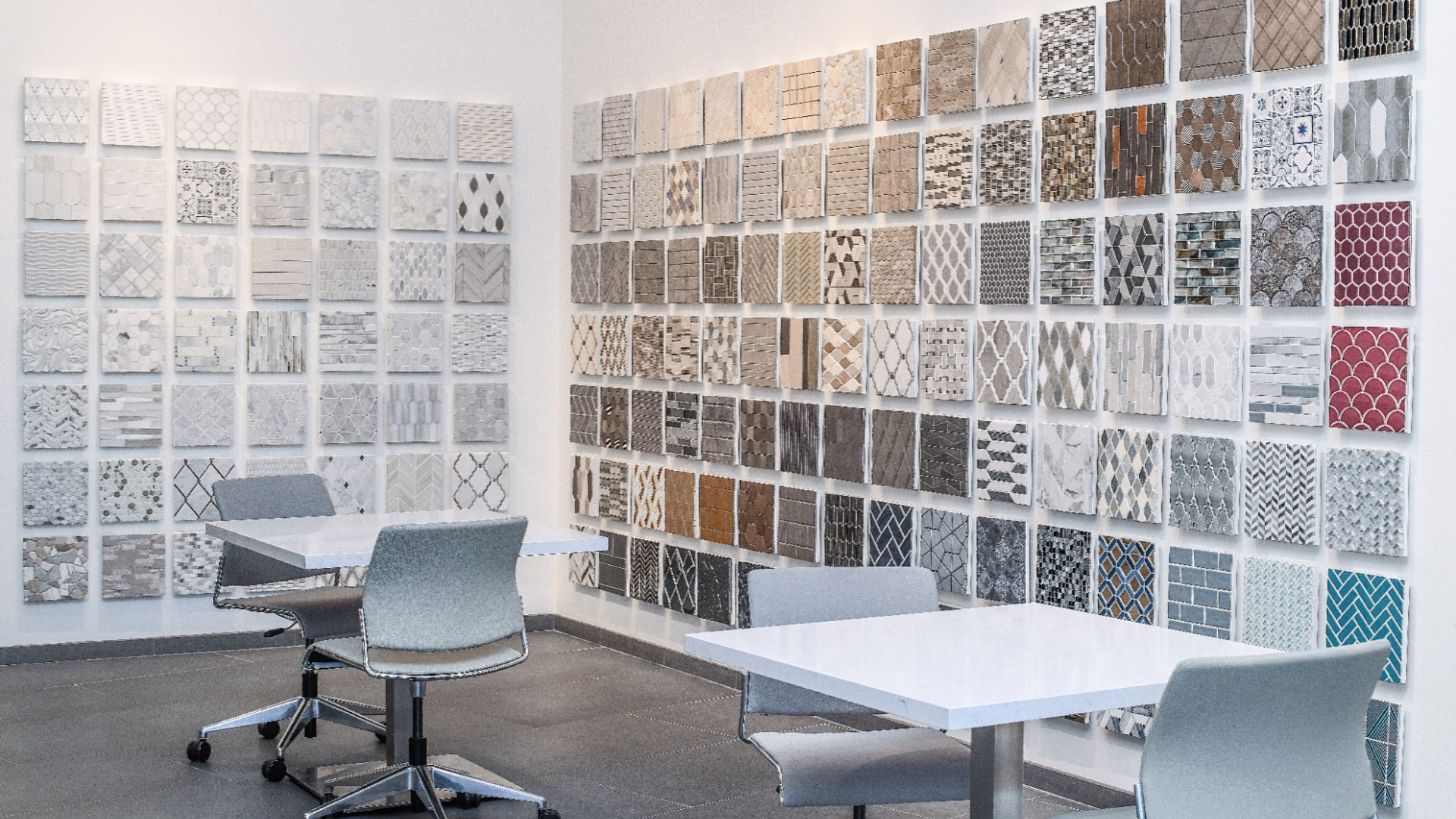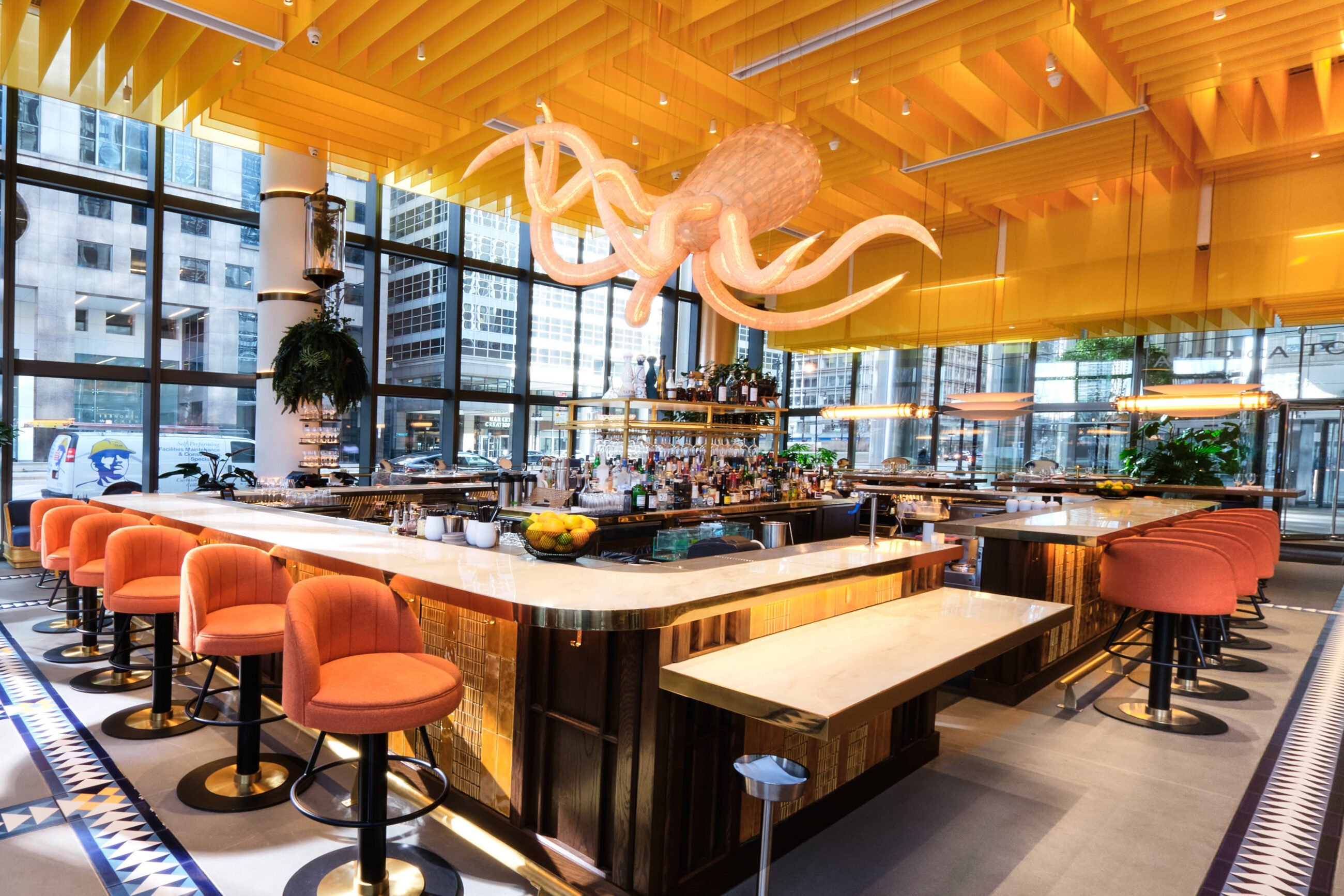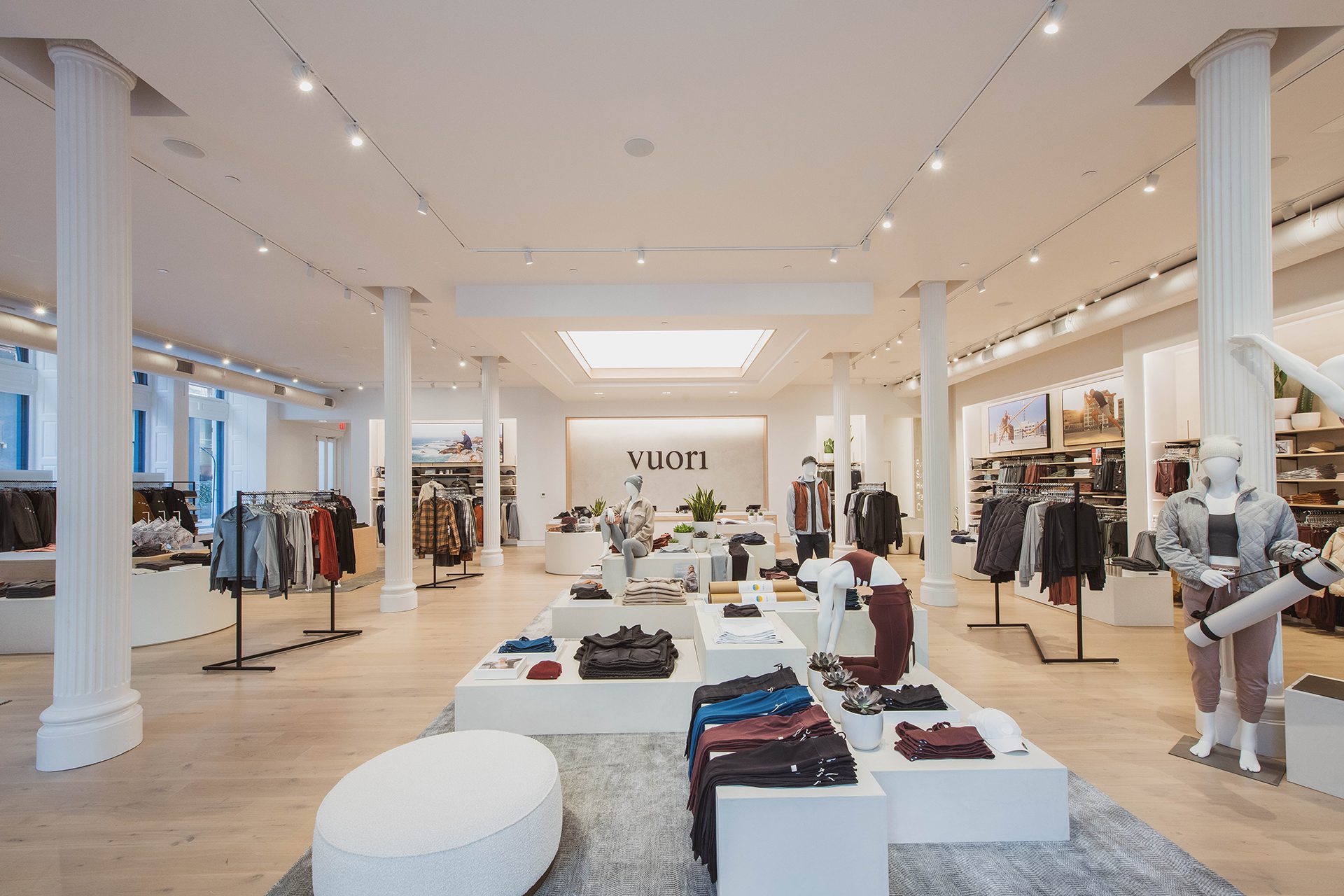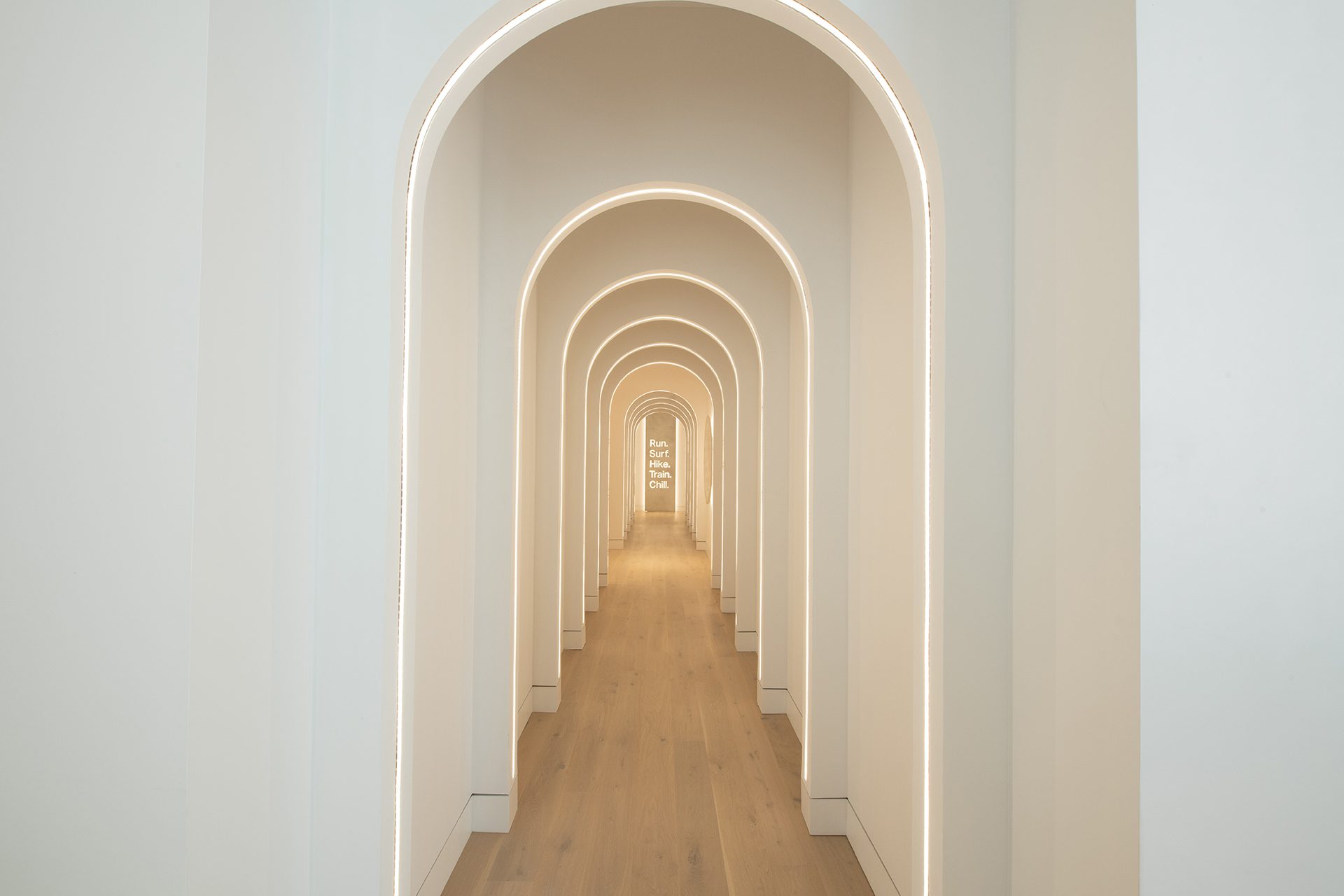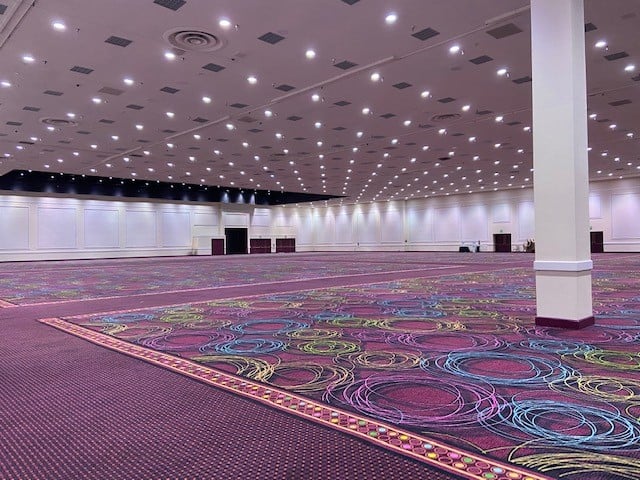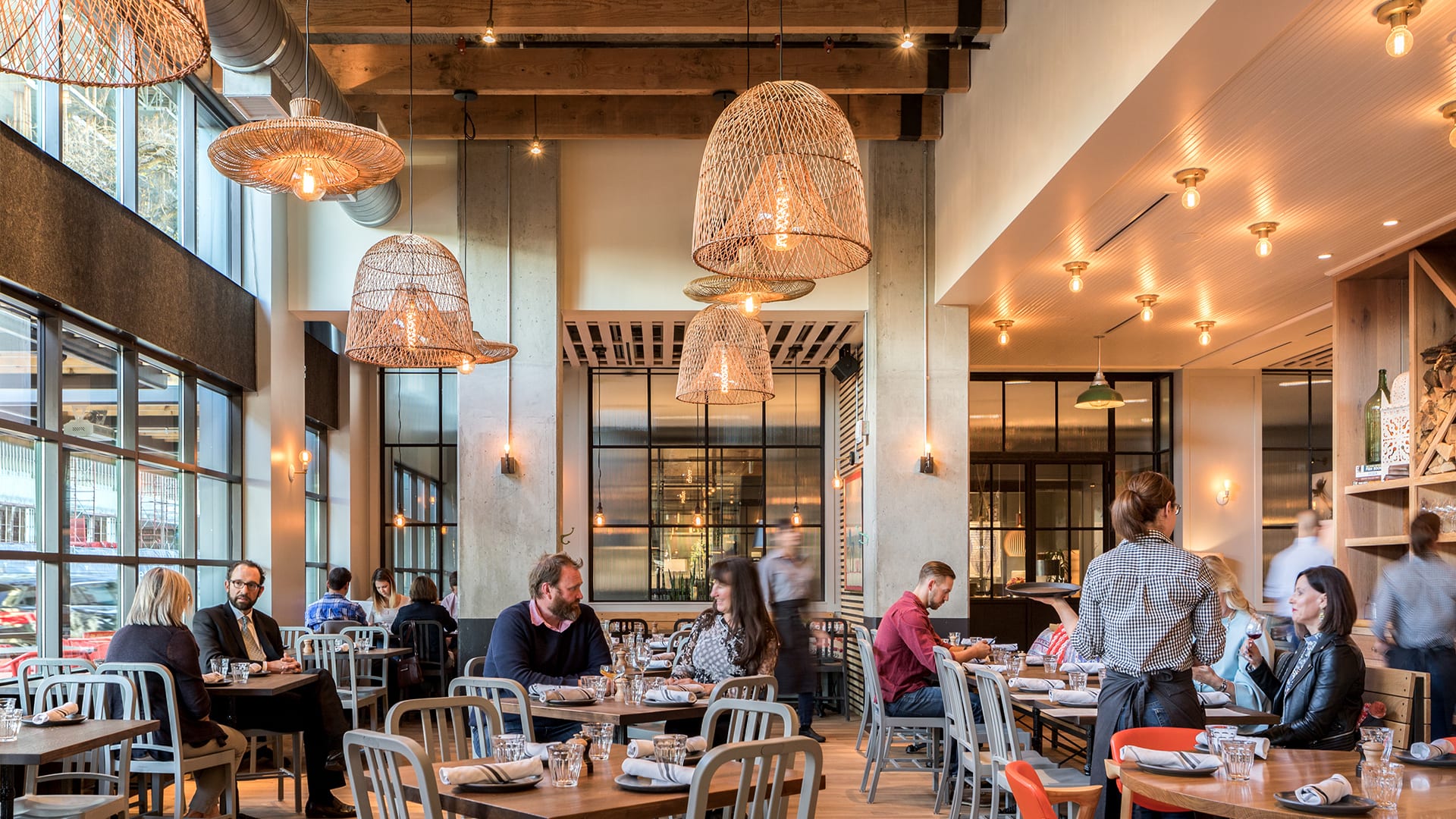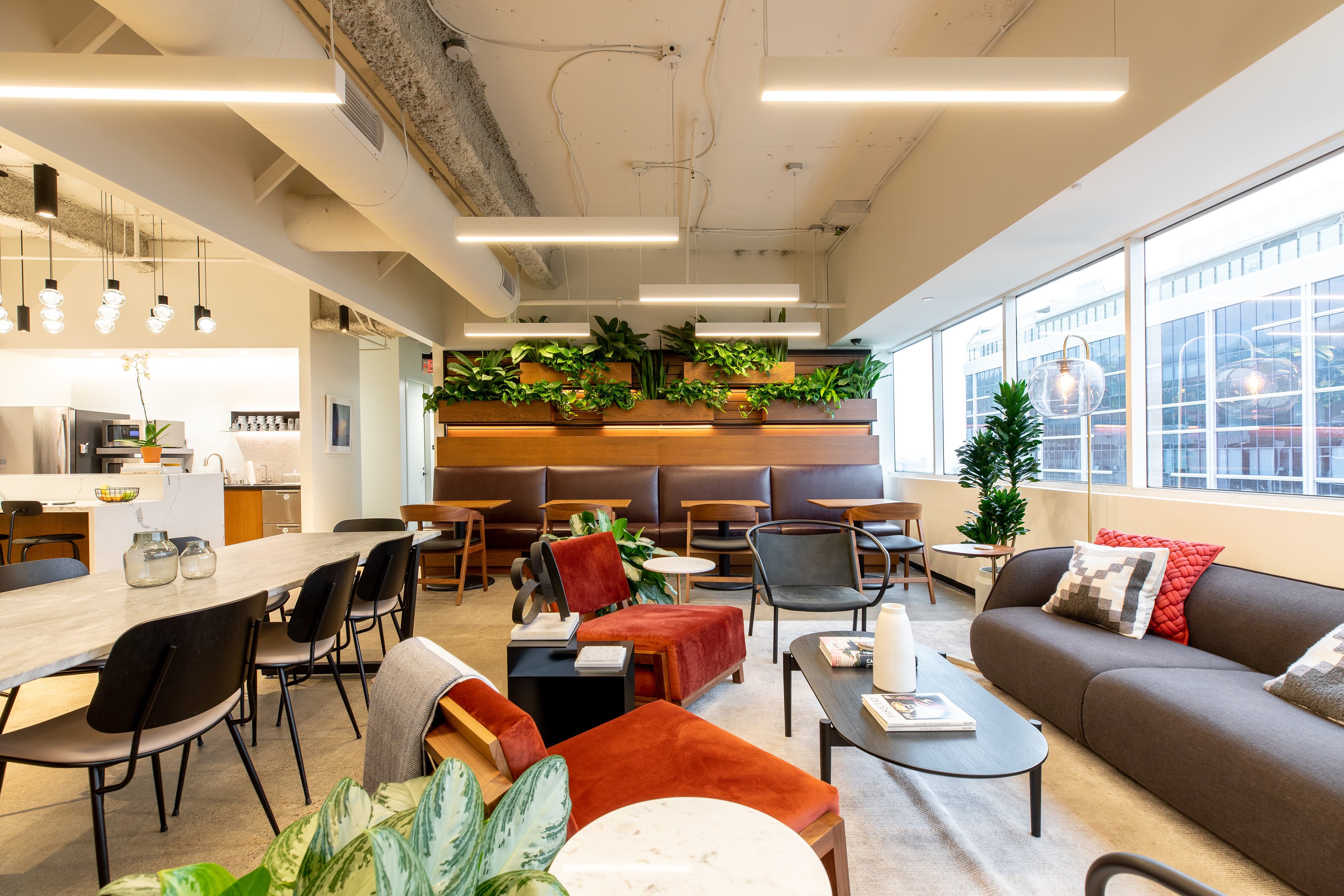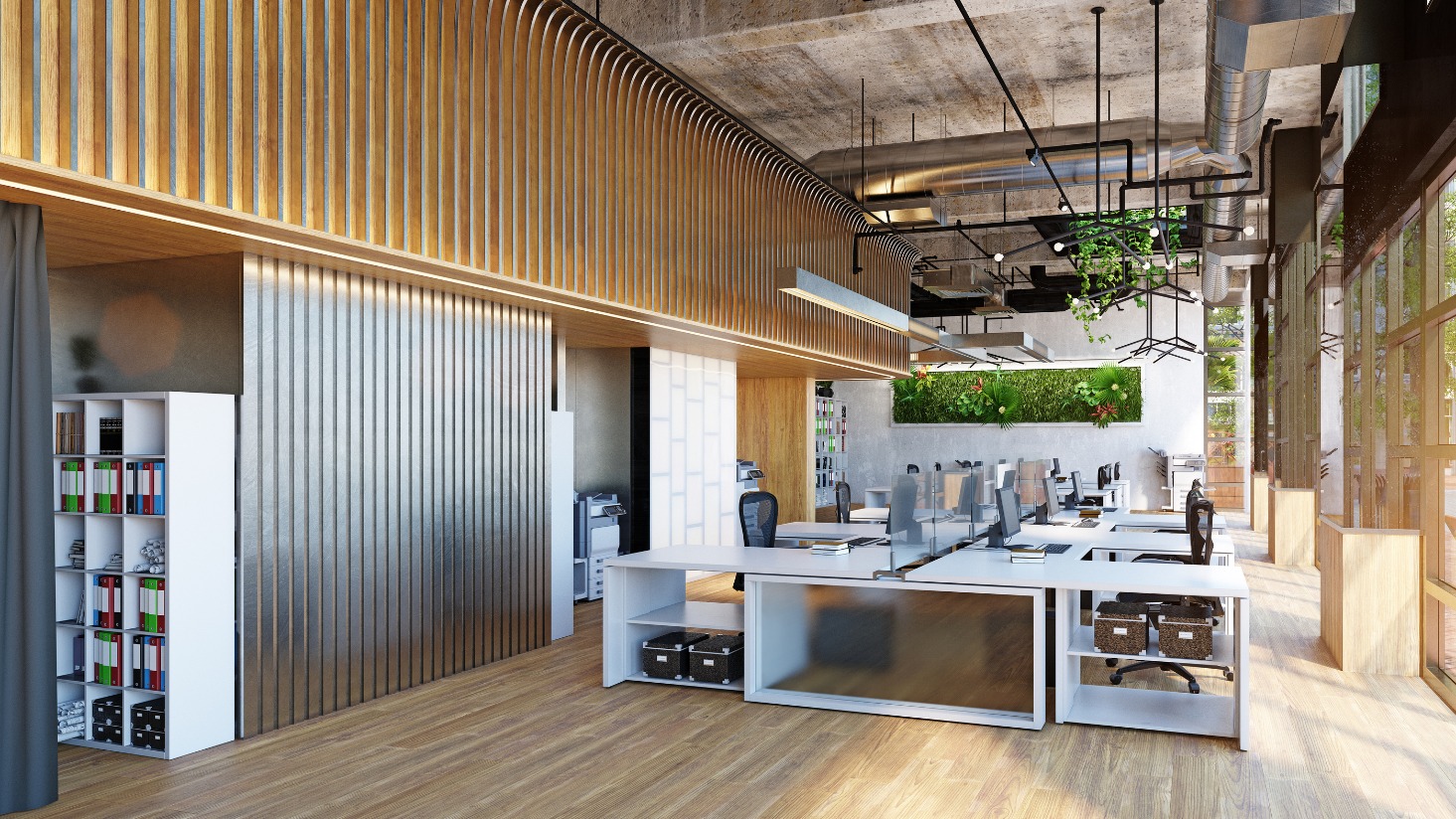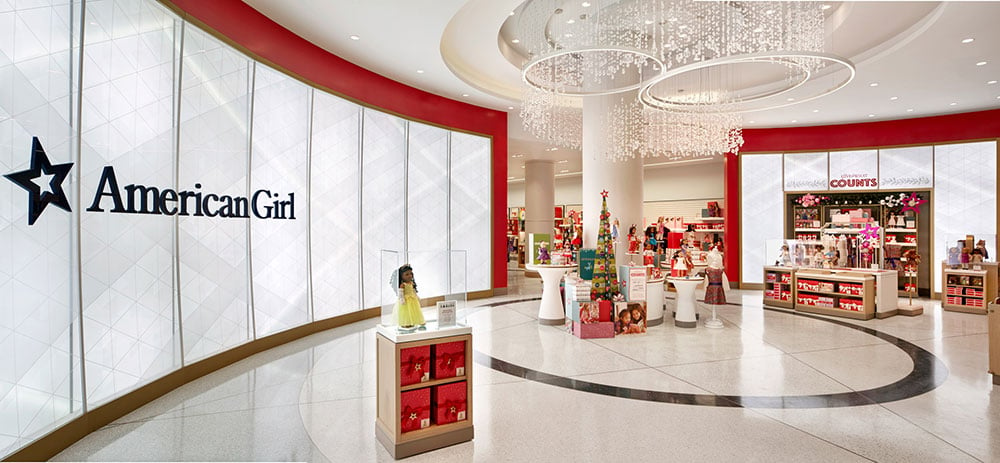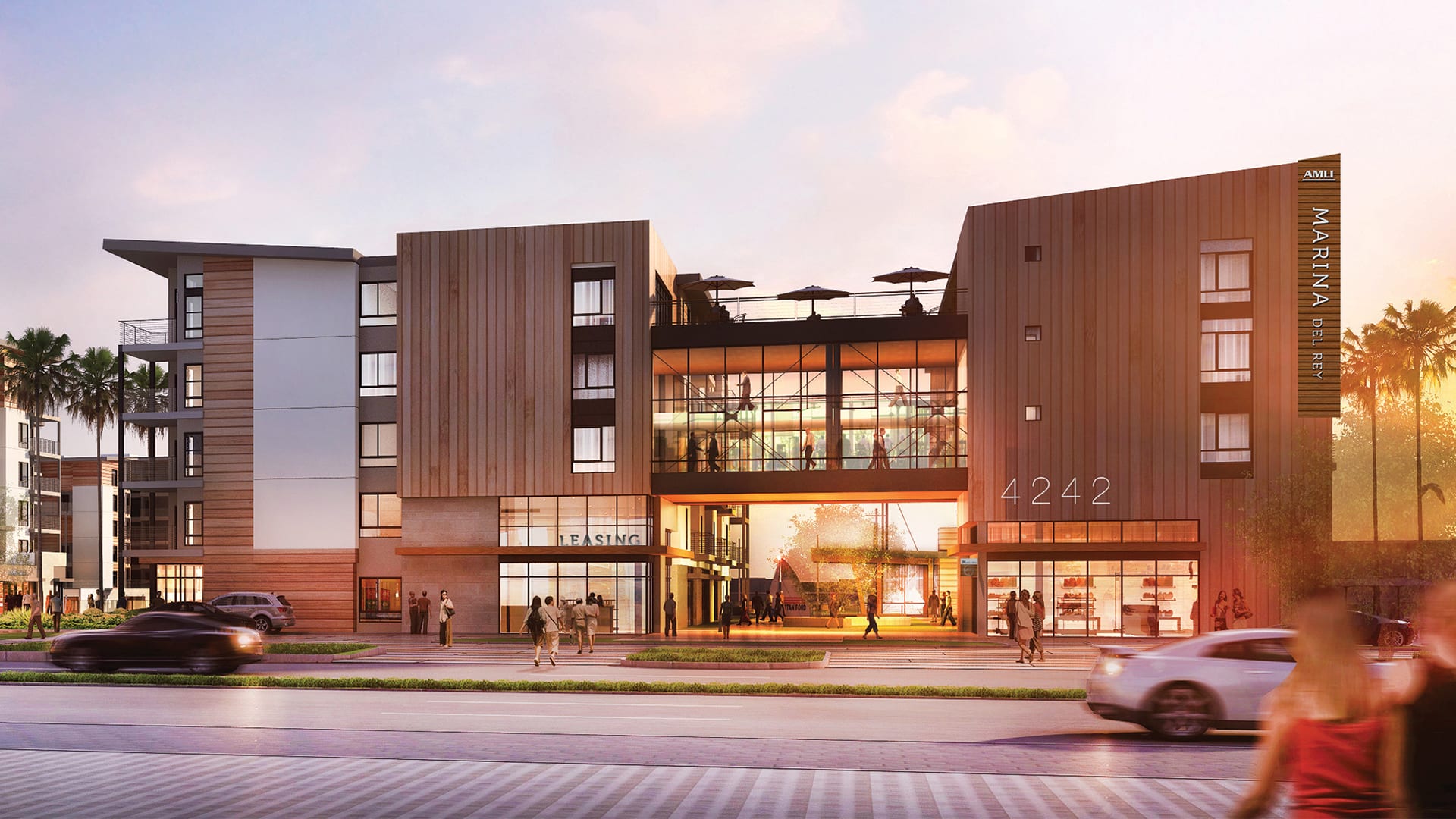Why lighting design fees are worth it to a client
No one wants to pay for unnecessary work or be surprised by delays. If you take a car to a mechanic, the last thing you want is to be "up sold" on work that really doesn't need to be done or told a few days into your repair that it's going to take two more weeks. What you really want is a mechanic who will give options and set proper expectations. You want someone to tell you what needs to be done now, and if there's anything that would be risky to put off for a later date. And it really helps to have a solid expectation of your cost. This kind of mechanic builds trusted relationships that create life-long customers and bring in referrals.
This principle translates. Architects aren't just known for their portfolio — they're also known for their track record and brand. They're also known for the experiences they create in a complete project.
As we work with architects, we are the first to admit — a lighting designer is not needed on every construction or remodel project. The question is: When a lighting designer can add value on projects, how do you communicate this to your client so they see the value in the additional fees?
The right lighting design team on the right kind of project can actually save clients money and keep a project timeline on track. Let's talk about how you can explain the value that clients see when a lighting designer is included on a project.
Lighting designers help avoid the value engineering crunch
Here's a common scenario: You've worked on a project for a client and they're sending it out to bid. The numbers start coming back, and the lighting package is over budget or the lead times are too long (especially in the current supply chain climate). The next step is often value engineering. Cringe.
Any time value engineering is involved on a project you've probably seen some mix of these issues:
- Delays: Delays are introduced as a new supplier reviews a specification, comes up with alternates, and send in a new quote.
- RFIs: Hopefully, the new specification works according to plan, but adding a new lighting specification runs the risk of more RFIs as the project progresses.
- Risks: If a specification is re-worked without consideration for light levels, the right mood and the right design aesthetics can be compromised. We often find this happens when lower quality products are substituted or new suppliers are introduced who are not familiar with the original design specifications. Plus, providing alternates could jeopardize the installation, light levels, other trade coordination, controls compatibility, labor, and more.
- Aesthetics: In some cases, a value engineering job results in lower quality lighting. This ultimately jeopardizes the aesthetics of a project, let alone the on-going maintenance concerns over low quality lighting.
We know that projects that don't go through value engineering typically run more smoothly, but how do you remove the root cause of the value engineering crunch?
When we take on the lighting design for a project, our standard process is to check budgetary requirements and project timelines with manufacturer lead times and quotes before a specification is complete. Our firm has relationships with manufacturers and agents that enable us to factor this in from day one, so we can provide the client with exact costs to limit surprises later on. Because we are specifying the products, we can guarantee pricing and guarantee that the fixtures will fit into the original design intent.
This means clients don't have to wait until bids come through to figure out the budget surprises and then start a value engineering process.
Schedule a lighting design consultation
We approach every project with a consultative start. Our Studio is committed to only providing the services a client needs, so the client only pays for services that add value to their project. We truly want to get a sense of what's needed on the project and where we can add the most value so the client is thrilled and the architect shines.
Before you decide your approach on an upcoming project, consider a consultation with our team of lighting designers. And while we like to start on projects at the beginning (here's more on why), we can jump in to help on projects and find the best lighting solutions at any point in the process.
Our team has the experience to balance the need for beautiful spaces with client budgets and timelines. We want to truly partner with the architect on a project to understand the design intent and carry it through the project — all the way through final commissioning. Check out some samples of our work in our portfolio.



